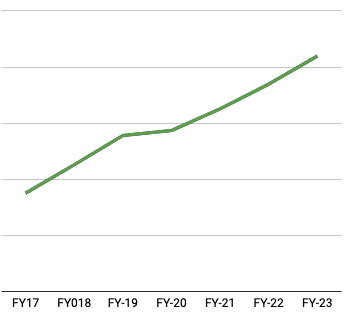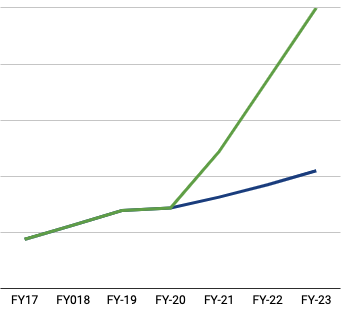There’s a delicate balance between setting aggressive revenue goals and achievable revenue goals. Of course you want to grow your business, but it is helpful to have some reasoning behind raising the bar to accelerate year over year revenue growth.
The same concept applies to sports teams. Hockey is a good example. A hockey team plays 82 games per year. Let’s take a look at the win trajectory of a hockey team that has had the following performance the last 4 years with roughly the same personnel:
- 2016: 42 wins
- 2017: 43 wins
- 2018: 44 wins
- 2019: 44 wins
Let’s set aside the reality of 2020 and look at what a logical goal for wins in 2020 might have been. Given the win trajectory of 2016-2019, what do you think would be a logical goal?
Unless some changes have been made by the team or some of its close competitors, a logical goal would be 45, right?
What if the coach comes into the season with a goal of 55? Sounds like a big jump given the win trajectory of the last 4 years. But 55 does makes sense if there is a plan! Possibly a new coach with a different system or maybe a few new players that are better than the ones that they replace.
If there was a goal of 55 without some sort of change in strategy, then why wouldn’t the team have won 55 games in 2019 or 2018?
When we work with clients to help them grow revenue, We begin by looking at the historical revenue trajectory. It is helpful to visualize this using a graph. A revenue trajectory based on historical performance (like the last 4 years for the hockey team) is shown here:

Then, we look at the future revenue growth goals, which is where we see revenue goals more like the 55 wins goal rather than the 45 wins trajectory. The image below is pretty typical of what we see.

The abrupt line in FY-20 showing deviation from historical performance is a typical representation of future revenue goals.
Similar to the hockey team analogy, a goal without a plan is a dream. Setting goals is a great first step. Realistically, to get off the current trajectory path and merge onto the accelerated path, you likely will need some mix of changes throughout operations, sales and marketing. Examples might include:
- Bringing on new leadership
- Reorganizing your company
- Adding some sales reps
- Investing in marketing resources
- Adding new products or services that your current clients could benefit from
While all of these strategies might make sense, some of them involve more significant change or investment than others. You would be surprised how small changes can yield big results. A couple of examples:
- Ensuring sales, marketing, and operations are aligned in providing an exceptional client experience
- Implementing sustainable sales and marketing processes in the business instead of investing in high-level leadership changes
Changes like these minimize the significant long-term investments that some of the options require. It can also have a significant impact impact on the culture and morale of your current team.
Weighing all of the options before you determine the proper course of action is most definitely a worthwhile investment of time!
What is the delta between your revenue trajectory and your revenue goals?




